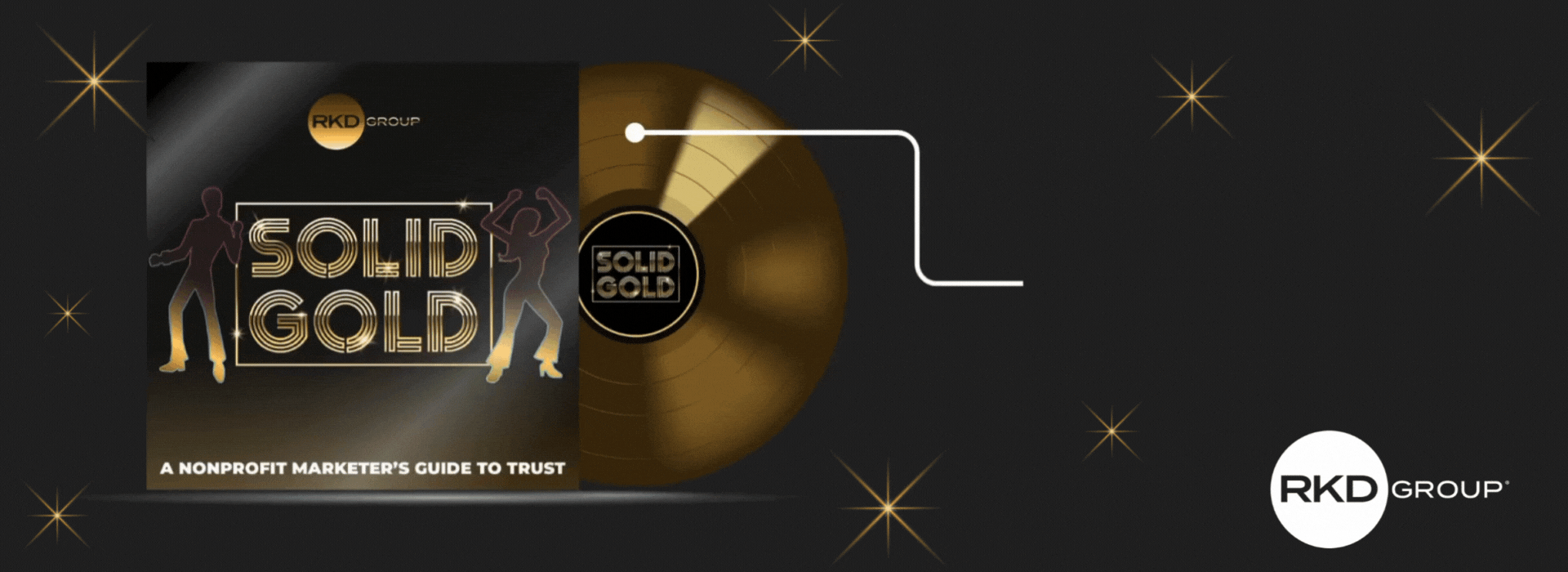As a seasoned fundraiser or marketer at a nonprofit, you know that the landscape of charitable giving is constantly shifting.
We can clearly see that some of the strategies that worked in the past—like one-size-fits-all direct mail programs—no longer make sense in today’s frenetic, digitally-driven world. Therefore, it’s important to also realize that today's success stories can quickly become tomorrow's cautionary tales if we aren't vigilant.
Regardless of channel strategies or campaign creativity, one constant measure of success is a well-balanced donor file. Your organization may be thriving financially right now, but here are six clues in your donor file that could indicate future trouble in your fundraising program:
1. Not enough digital revenue
It’s always important to start with a high-level of your program. Analyze your revenue distribution channels globally to understand where the money is coming from.
Is digital fundraising contributing 15-20% or more to your overall revenue?
If it's falling short, your digital strategy is not mature enough and needs help. It's a red flag signaling that you're not where you need to be in the digital age.
How to fix it: Lackluster digital performance could point to insufficient media investment or an inadequate email capture rate. In any case, the solution will require more spending to catch up to what donors expect today.
2. Not enough sustainers
Sustainers—donors who give monthly—are the bedrock of nonprofit resilience.
Ideally, sustainers should comprise at least 2-3% of your donor base. However, this percentage can be challenging to uncover based on the coding structure of your data.
If your numbers are lower, it’s most likely due to lack of intentionality. This means you need more consistent strategies in place to convert one-time donors into monthly supporters.
How to fix it: Digital channels are great for acquiring sustainers, and you need an always-on approach. You can read about more strategies in this blog post.
3. Mid-major donor proportion isn’t up to par
How each organization defines the thresholds of mid-level and major giving can differ, but generally speaking we set mid-level donors at $1,000 to $9,999 of annual giving and major donors at $10,000 or more.
Successful programs should have mid-level giving account for 20% of your revenue, while major donors should represent 35%.
If these figures aren't reflective of your donor file, it’s a sign that your donor pipeline might be unstable. This imbalance could hinder your organization's ability to sustain and grow its funding.
How to fix it: You need the right analytics to identify donors with potential, but you also need to set up the right staffing levels to be intentional. Are you making the effort to move donors into mid-level giving and making the ask for a major gift? Here are some areas to examine.
4. Losing too much to attrition
A healthy donor file requires a balance between acquiring new donors and retaining enough existing ones to continue growing.
If you don’t focus enough on cultivation, you’ll need to replace more donors in acquisition. With rising costs and declining response in recent years, acquisition has proven to be a challenge.
This makes cultivation a more appealing route to balance your file. Aim for a 60-40 balance between acquisition and cultivation in your donor numbers.
How to fix it: There’s no point in bringing in a wave of new donors if 80% will go right back out the door. Read up on how you can plug the leaks to improve your first-year donor retention.
5. Not acquiring the right donors
You invest heavily in acquiring new donors, but are you doing it wisely?
It’s critical to take a long-term view of acquisition to understand whether the investment in new donors will be worth the cost over time. Will these new donors stick around? Will they increase their giving in the future?
For example, donors in the Silent Generation might be easy to acquire but could yield a loss of net revenue over time if not connected to a mid-major strategy. Your organization needs to bring in the right mix of demographics for a long-term sustainable future.
How to fix it: You’ve likely heard of long-term value (LTV) as a metric for donors, but we use long-term net (LTN) instead. LTN calculates both the revenue and the cost of a donor relationship over a five-year period from the point of acquisition. Using LTN as a strategic tool can help you solicit more intelligently. Here’s how.
6. Negative trend line for core donors
Core donors are those who have given two years or more. They are the lifeblood of your fundraising program.
Tracking the movement of core donors over the years can forecast future stability—or instability. These are the supporters who typically renew and upgrade their contributions.
If your number of core donors has been declining, it's a ticking time bomb. A declining core donor base now means a potential revenue crisis later.
How to fix it: Part of this fix goes back to the balance of acquisition and cultivation. But we’ve also seen a decline in trust across the nonprofit space that has led to 20 million fewer households donating to charities. Look for ways to build up trust with your donors by focusing stewardship efforts around transparency and competence.
While the current picture of your fundraising program may seem rosy, these signs in your donor file are a call to action. It's crucial to recognize them early and strategize accordingly to ensure that your fundraising program remains robust and responsive to the changing tides of donor behavior.
Don't wait for a wake-up call that comes too late as the decline begins.






Leave a comment: